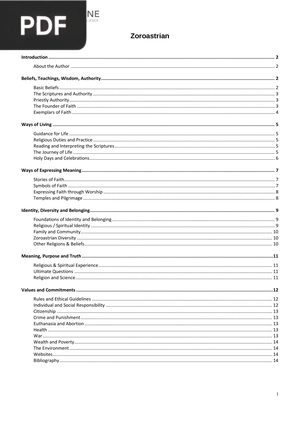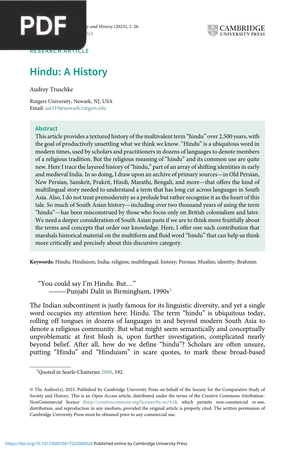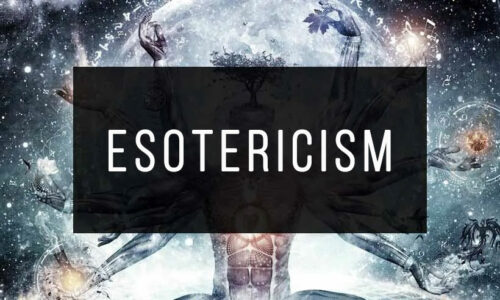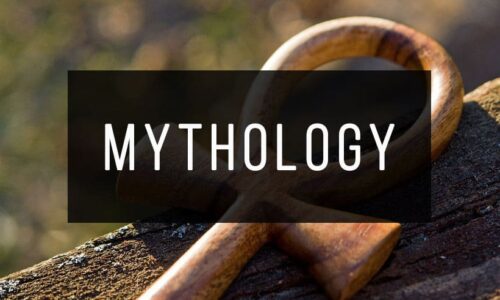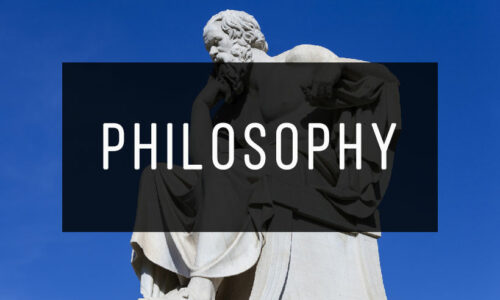History of Zoroastrianism
Author: Maneckji Nusservanji Dhalla
*Wait a few seconds for the document to load, the time may vary depending on your internet connection. If you prefer, you can download the file by clicking on the link below.
Information
Description: History of Zoroastrianism por Maneckji Nusservanji Dhalla, provides an extensive exploration into the origins, development, and key tenets of Zoroastrianism. It offers valuable insights for understanding this ancient religion and its enduring influence.
Pages: 485
Megabytes: 2.41 MB
This may interest you
The Religions the Ancient World
Extension: PDF | 414 pages
The Religions of the Ancient World by George Rawlinson, M. A explores the religious beliefs and practices of eight key ancient civilizations. Discover fascinating insights into forgotten deities and rituals.
History and religion: narrating a religious past
Extension: PDF | 472 pages
History and religion: narrating a religious past por Otto, Bernd-Christian; Rau, Susanne; Rüpke, Jörg. Explores the complex interplay between history and religion in shaping narratives of the past. Offers insights into the construction of religious identities and their historical contexts.
Religion and Power. Divine kingship in the ancient world and beyond
Extension: PDF | 286 pages
Religion and Power. Divine kingship in the ancient world and beyond por Nicole Brisch explores the concept of divine kingship across various ancient cultures, from Mesopotamia and Egypt to China and Rome. It examines historical, textual, iconographic, and anthropological aspects, offering valuable insights for those studying ancient religions and power dynamics.
Zoroastrian
Extension: PDF | 14 pages
Zoroastrian by Reonline offers a concise yet comprehensive overview of Zoroastrianism's core beliefs, practices, and history. It's a valuable starting point for anyone seeking a deeper understanding of this ancient faith.
Hindu: A History
Extension: PDF | 26 pages
Hindu: A History por Audrey Truschke explores the evolution of the term "Hindu" over 2500 years, challenging conventional understandings. It traces its diverse meanings across languages and historical contexts, providing valuable insights into South Asian identity and religious discourse.





